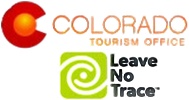There are few experiences like setting out on a river for the day or a multi-day expedition. When you push off into the current, you are committed to the river’s path and, perhaps in a way, forging a new one for yourself. Because a river is always changing, rafting is an adventure into the unknown, even if it’s a stretch that you’ve previously run.
In the early stages of planning a rafting trip, you will most likely feel a sense of excitement and the first traces of the adventure that will continue to build as the trip gets closer. But understanding all of the parts needed to create a plan that will give you the type of experience that you’re hoping for can also feel overwhelming. Realizing your limits while pushing yourself outside of your comfort zone can be a challenge. Those who would like to get out onto the water, but may not have the skill set to navigate it safely, may opt for a commercially guided rafting trip on the Colorado River with Defiance Rafting. For those who are comfortable planning and implementing their adventure but may be lacking in equipment or may need an upgrade or repair, Defiance River Outfitters in Glenwood Springs is the best choice for getting you on the river in a raft rental.
Trip Planning Process and Raft Rentals
If you’d like to get out on the water and aren’t sure where to start, or you’re a pro on the water and have the appropriately placed tan lines to prove it, then a stop into Defiance River Outfitters (DRO) is a worthwhile endeavor. DRO staff makes it easy to help you plan your next trip, support you with shuttling your vehicle to the take-out, or help you get your equipment repaired or replaced so that you can get back out to the water.
Whether you’re going out for a day trip or several days, knowing how to paddle or row through a constantly changing environment safely is a vital part of having a good and safe journey on the river. The other key ingredients for having the sort of adventure that you are hoping for are proper planning and appropriate gear selection. Here are a few considerations as you begin the planning process:
1. Time of the year
During late spring in many parts of the Western US, spring runoff causes increased flow rates in most watersheds. This may impact the size and type of boat that would be safe to take down a river at high water. It would also affect the time of travel from your put-in to take-out to a campground in-between, the type of additional gear you may want to have — including specialized cold-water equipment, and more.
2. Permitting
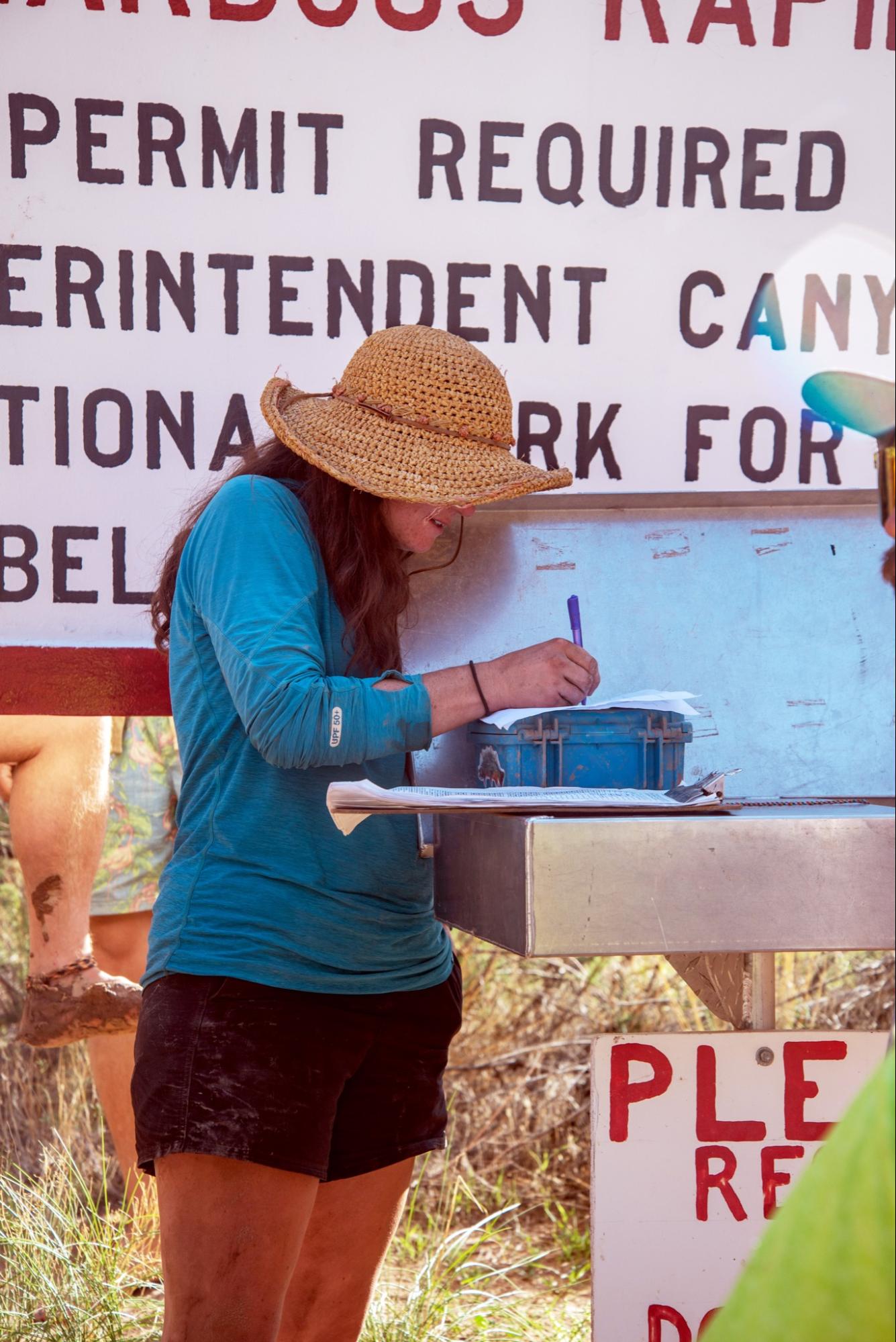
It’s a fact that more people are getting outdoors than ever before, including on the rivers. Between this, the COVID-19 pandemic, and the constantly shifting weather patterns from year to year, it is making it more challenging to get onto the section you’re hoping to run. Lower water means that the number of weeks permitted stretches are runnable is compressed. However, if your goal is to get out to do a multi-day trip on one of the popular rivers that are permitted, there is a lottery process that opens on December 1 and closes on January 31. If you participate in the lottery, you should have some level of organization at the ready — including how many people are going, etc. In some cases, the fewer people you have may mean you get to spend more time on the river, but there can also be safety in numbers. You should also note that on March 16, you can pick up unconfirmed launch dates.
The moral of the story is, don’t be a slacker if you are intent on exploring your rafting trip of choice. If you were lucky enough to be awarded a trip, confirm it and follow all the instructions. Otherwise, your launch date will be returned to the pool. If you don’t want to mess with the lottery, there are some great stretches — including some incredible whitewater rafting in Glenwood Canyon, Colorado, which do not require a permit. If you want to run the Colorado River in Glenwood Springs, another stretch, or a different river, check in with DRO to find out how you can rent a raft, or gear, arrange transportation, or hop onto one of the commercially run trips with Defiance Rafting.
3. Experience
Your experience and/or the group’s experience should be an important consideration when deciding to go rafting on any river. This includes short or more ‘mellow’ floats to multi-day trips on bigger water. If your paddling or rowing experience is mainly limited to the rowing machine at the gym, you may want to start by taking a commercially guided trip with Defiance Rafting. If you talk sweetly to your guide, they might even let you take a turn on the oars or explain some paddle techniques while on flatter water. If you are running bigger water on a multi-day trip, then it’s important to have a crew who has some experience on the water.
You’ll also want to consider including people with some diversity in their skill sets. This would include someone who is proficiently trained in wilderness first aid or has other medical training. If you would like to brush up on any of your proficiencies, talk to Defiance Rafting. They host various classes — including swift water rescue, CPR, and certified Wilderness First Responder training — or they could connect you to the type of education you are interested in.
4. Gear

It’s important to have the right equipment for whatever activity you are getting yourself into. It would help if you also had equipment that is functioning correctly and in good shape. If you have a holy boat and aren’t religious, you may soon be — if you try to take it down a river without DRO inspecting it or doing any necessary repairs. In addition, if you are the trip leader and you’re not sure what you need for the multi-day trip that you just pulled a permit for, don’t just rely on this blog or the hours of time spent searching YouTube to get your information.
Call or swing by DRO and they will be happy to talk to you about what you need without any pressure. If you happen to need gear, they can help you out with that too, or at least make recommendations to you. After all, how are you planning on keeping any cold snacks you may decide to bring along cold? In addition to selling and renting Canyon Coolers, they also carry dry bags, NRS straps, groovers (yes, you will be required to have one AND know how to use it — a demonstration of how to use it will cost extra…), repair kits, fire pans, full camp kitchens — including tables, medical kits, and more.
DRO’s most popular raft rental and products:
1. Raft Rentals
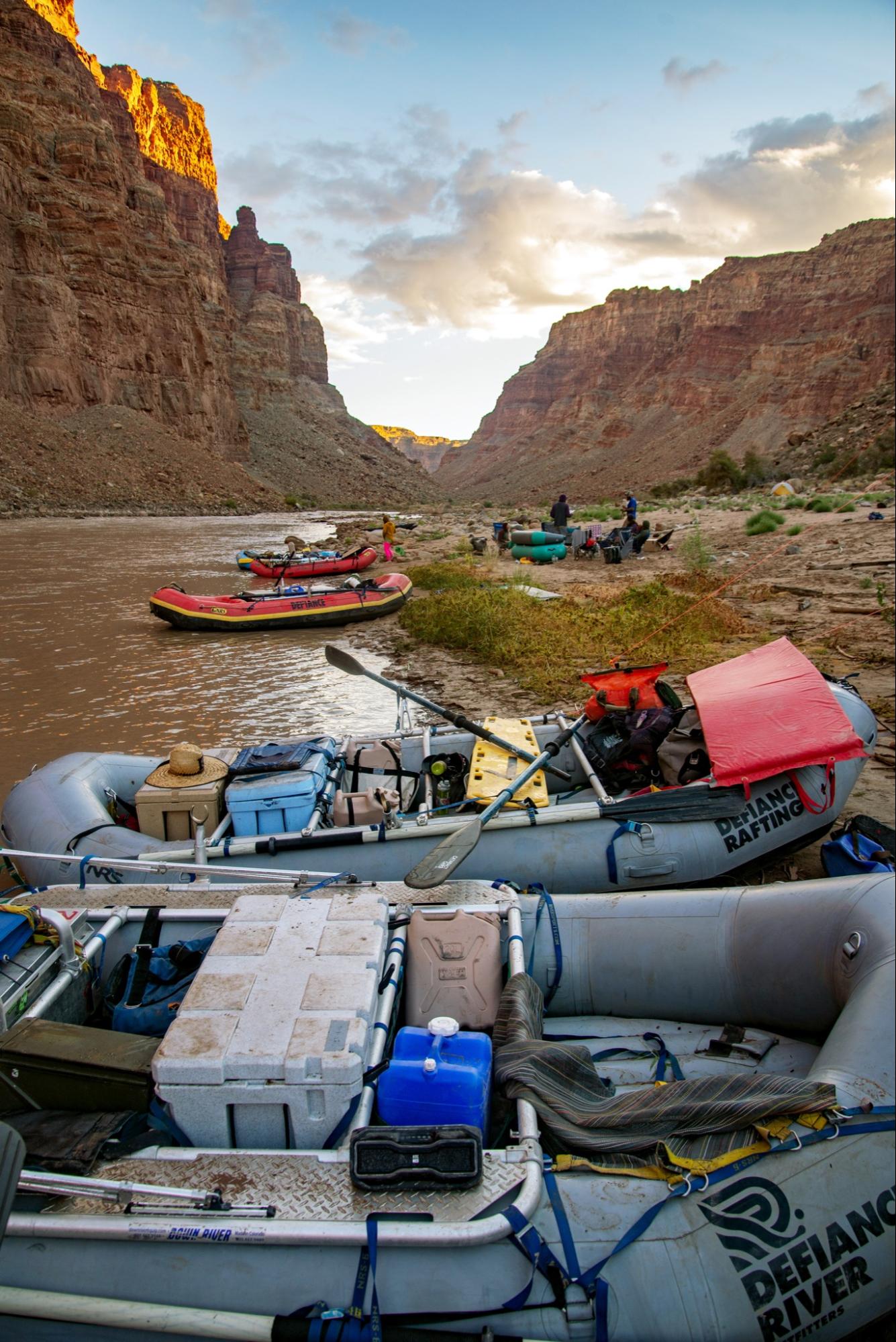
If you’re driving around pretty much anywhere in Colorado, you are likely to see groups of people out having a good time and cooling down on rafts, kayaks, paddleboards, and more. Don’t let the lack of a boat keep you from doing the same. DRO offers 13’ or 16’ raft rental options for day trippers, as well as expedition-style boats for those looking to get out for multi-day trips. If you have a group of 6 people or less, the 13er would be the better option. For larger groups, go with the 16er. If you feel more comfortable rowing or for those doing multi-day trips, DRO has both center and rear-mounted frames available. The packages all include paddles, PFDs, helmets, as well as medical and repair kits. If applicable, they will also ensure that you have the required equipment on your permit.
If you don’t think that your Toyota Prius is enough car to get you, your friends, and the raft to the water, DRO even offers a local shuttle service for up to 8 people at only $30 for each direction of travel. If you would prefer to leave the minutiae up to DRO, they can even add a cooler full of ice, a lunch, and words of encouragement as they take you to your put-in.
2. Inflatable Kayak/Paddleboard Rentals
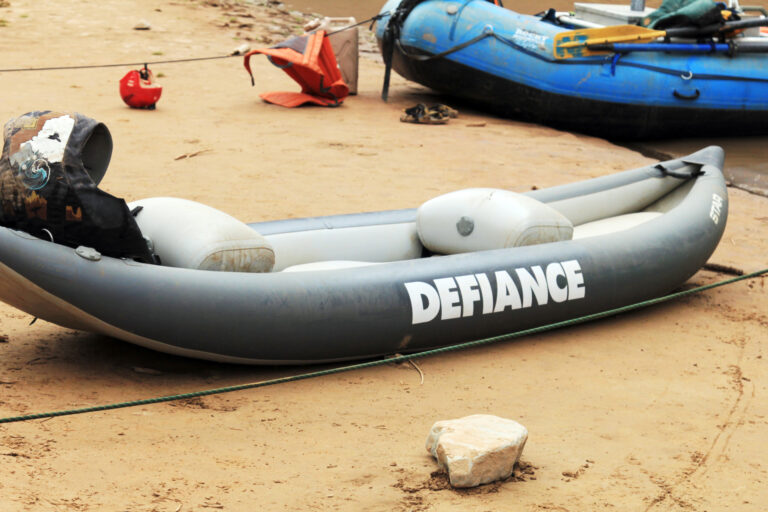
Inflatable kayaks (aka, duckies) and paddleboards are a great choice for those looking for more splashes, those who want to do their own paddling, or those who want to paddle with a partner (or for the anti-social person who wants to join the party — but at a distance). It is also great to add an inflatable kayak or a paddleboard to your Glenwood Springs rafting trip just in case you need to get onto or off the raft for some alone time or if someone needs a timeout.
3. Canyon Coolers
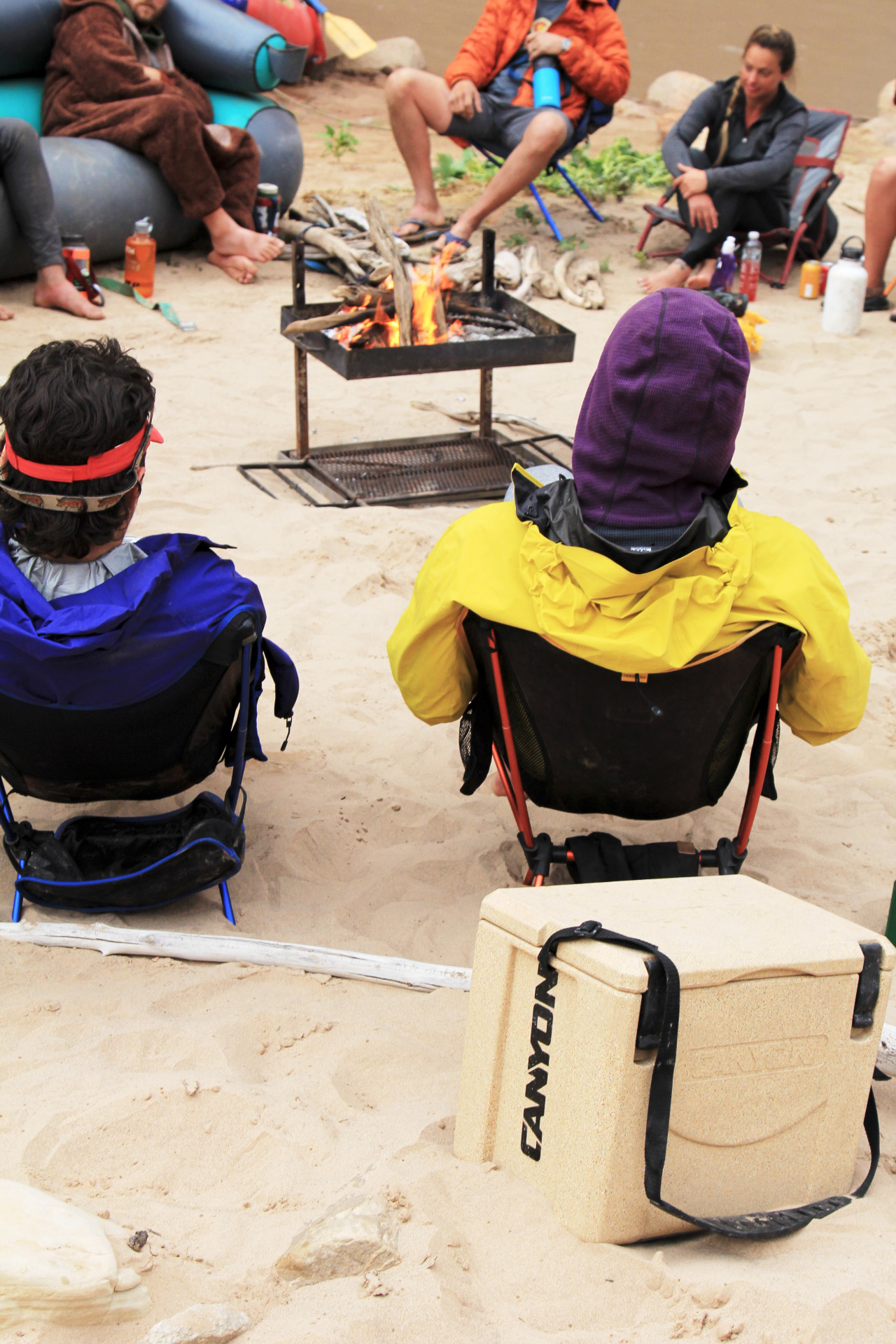
You have a raft, and you have some gear, but you’re still using the little red cooler that has held just as many trout as drinks or at least smells like it. This is not the right way to keep your drinks cold, and it’s gross. Enter Canyon Coolers. Canyon Coolers has designed one of the best coolers on the market. In their ice retention tests, they have outperformed the most popular brands out there. This means that cold drinks stay cold for you, all-day-long. Part of the reason you may be on the river is to find ways to escape the heat. Don’t let your inferior gear be the reason you get put on the timeout duckie.
4. Camp Kitchen/Shoreside Essentials
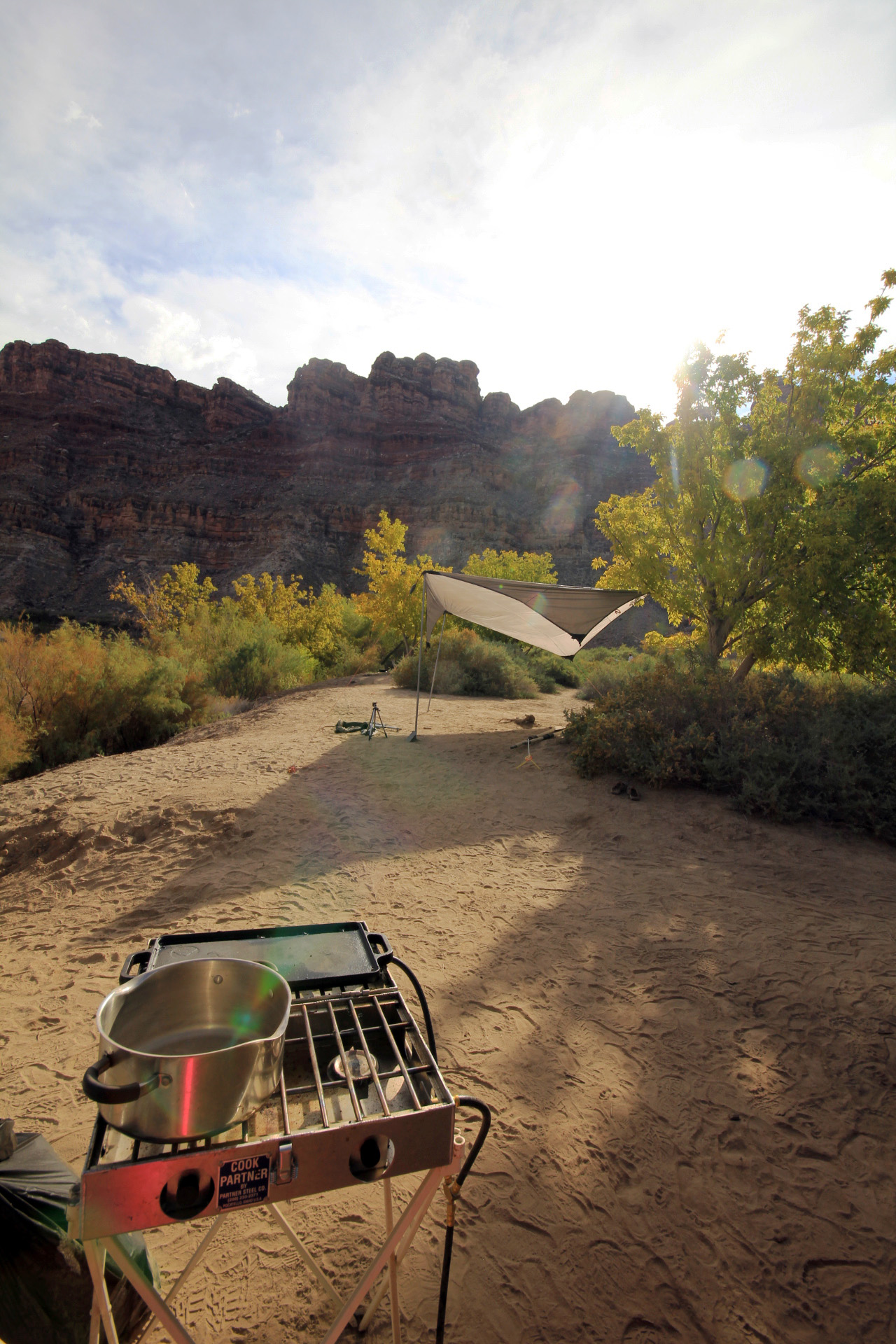
If you’re putting together a multi-day rafting trip, then you probably already understand that gear is expensive and also can be hard to come by. But you’re in luck if you’re lacking in gear and not ambition. DRO carries dry boxes, pop-up fire pits, NRS wing shelters, groovers, hand wash stations, stoves, straps, sand anchors, and so much more.
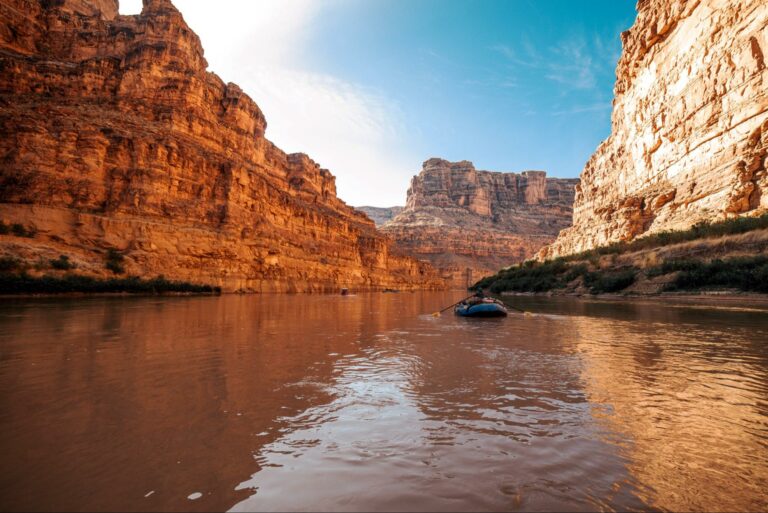
Part of the experience of any rafting trip is the beautiful scenery, splashy and serene water, good food, cold drinks, bright stars, and the people around you to share it all with. It is a way for anyone searching for it to capture a true sense of freedom and experience genuine adventure. The staff at Defiance are sincerely committed to helping anyone who wants to experience all the river has to offer, an opportunity to get out and enjoy it. They offer top-of-the-line equipment, and straightforward advice and are passionately dedicated to helping you explore what’s around the next river bend.




